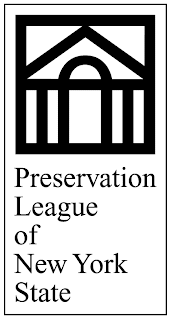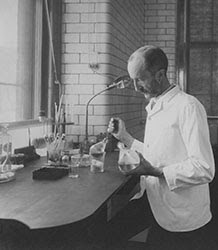 While George Washington Carver would become known as “the peanut man,” because of his extensive research into the practical uses and agricultural advantages of peanuts, Carver’s life work and legacy went far beyond the peanut in his search for ways to “help the man farthest down,” as he put it.
While George Washington Carver would become known as “the peanut man,” because of his extensive research into the practical uses and agricultural advantages of peanuts, Carver’s life work and legacy went far beyond the peanut in his search for ways to “help the man farthest down,” as he put it.
His early years were fraught with struggle and rejection, beginning with his birth to a slave mother near the end of the Civil War. He witnessed mob lynchings, was denied admission at a white college, and yet became a well-educated scientist and teacher of national and worldwide influence and renown.
Signature Communications of Huntingtown, MD, has been engaged by the National Park Service to produce a centerpiece video for visitors to the George Washington Carver National Memorial, located at Carver’s birthplace in Diamond, MO. Titled “Struggle and Triumph: The Legacy of George Washington Carver,” this 25 minute film will be accompanied by an educational video and supplemental educational package tied to national Common Core curriculum standards.
As part of the filming process, and to augment the archival images and film available, Signature is bringing Carver’s experience and legacy to life through re-enactments of seminal experiences in his life, filmed in authentic period settings. Childhood scenes have already been filmed with actors at historic villages and farms in Missouri, as well as at Carver’s birthplace in Diamond, MO. Because the lion’s share of Carver’s lifetime of achievement occurred at Tuskegee University, the filmmakers want to reinforce the significance of his laboratory research and teaching there. Unfortunately, none of the interior settings where Carver worked at Tuskegee have been retained in their historical condition. After a wide search, Signature decided on the Saranac Laboratory Museum at Historic Saranac Lake, and will be undertaking location filming there on November 14.
Dating from 1894 – near the time when George Washington Carver was preparing to move from the Midwest to Tuskegee – the Saranac Laboratory’s white glazed brick walls, wooden cabinetry and period-accurate hood cabinet are very much of the same historical style as those of Carver’s later labs at Tuskegee. Period photographs reinforce that similarity. To round out the illusion, the filmmakers will be outfitting a professional actor with period attire to represent Carver, and are also seeking several young college age men and women to appear as supporting actors representing Carver’s African American students at Tuskegee. Acting experience is not required for these non-speaking roles, and Signature Communications will supply appropriate wardrobe as well as $100 stipend and a credit in the film. Contact: John Allen, 410-535-3477, [email protected].
Photo Caption: George Washington Carver teaching in his Tuskegee University Laboratory, c.1905. Library of Congress photo archive.







